In the following example the stored jQuery selector returns the wrong value.
There is a possibility to store the selectors and not the result?
The js code:
// storing the jQuery selectors
var
$container = $( '.container' ),
$element1 = $container.find( '.element' ),
$element2 = $( '.element', $container ),
$element3 = $( '.element' );
// append elements to the container
for( i=0; i<10; ++i ){
$container.append( $(element_html) );
}
// try the stored selectors -> returns 0
console.log( "1: " + $element1.length );
console.log( "2: " + $element2.length );
console.log( "3: " + $element3.length );
Why, if I use the container selectors to find the elements, it works?
It is beacuse the selector returns the pointer to the matched elements and not the elements?
// this works
console.log( "1: " + $container.find( '.element' ).length );
console.log( "2: " + $( '.element', $container ) .length );
console.log( "3: " + $( '.element' ) .length );



